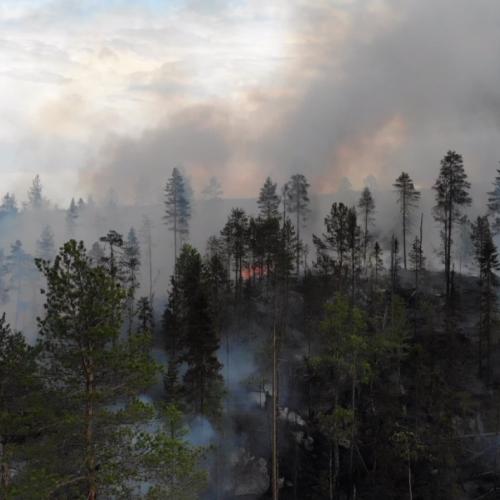
Enhancing Awareness: TEMA's Support for Finland's Kainuu Rescue Department
In the face of increasingly unpredictable weather patterns and a variety of natural hazards, maintaining effective communication between field operatives and command centres is more critical than ever.